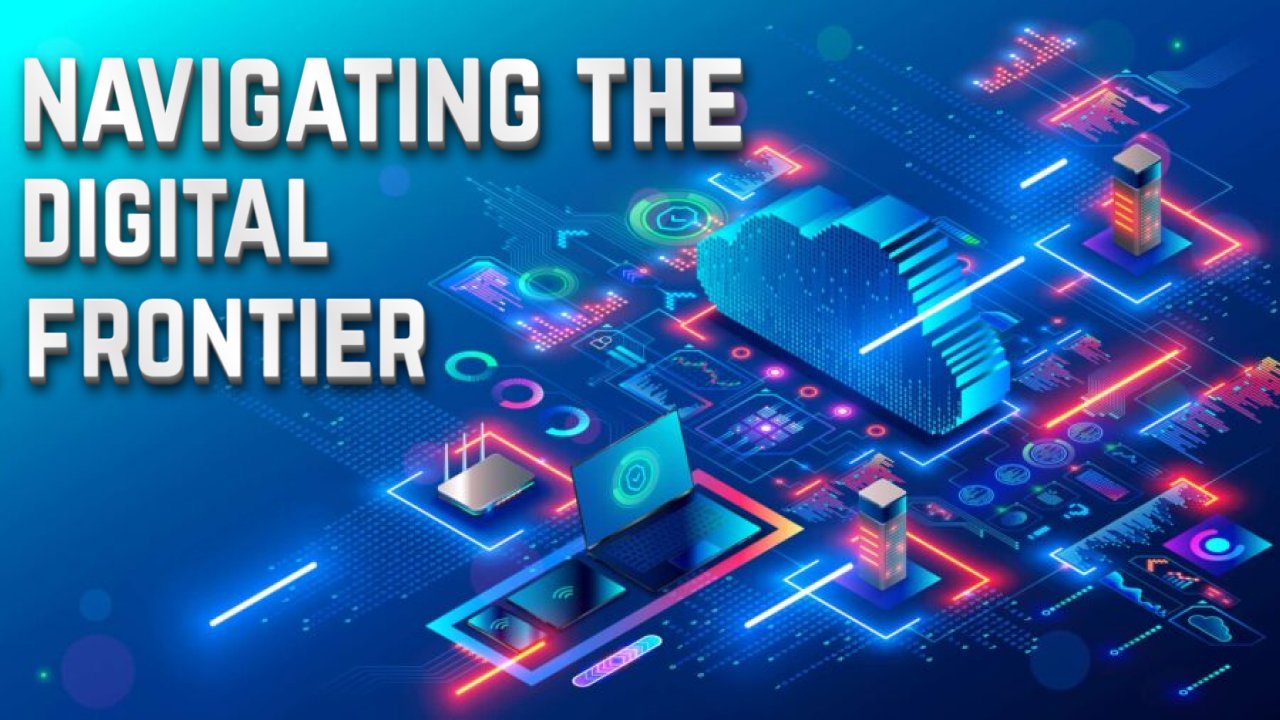Navigating the Digital Frontier: An In-Depth Analysis of Emerging Trends in Digital Copyright Law
This article delves into the evolving landscape of digital copyright law, dissecting the challenges and opportunities arising from technological advancements. The digital era has ushered in unprecedented changes, profoundly impacting how creative works are produced, disseminated, and protected. With a focus on emerging trends, this article scrutinizes key aspects such as digital piracy, fair use in the digital realm, and the role of artificial intelligence in copyright enforcement. Through a comprehensive exploration, it seeks to unravel the complexities of digital copyright law and its implications for creators, consumers, and the broader intellectual property landscape.

Introduction:
As we navigate the digital age, the realm of copyright law is undergoing a profound transformation. The advent of the internet, digital technologies, and artificial intelligence has reshaped how creative works are produced, distributed, and consumed. This article aims to dissect the emerging trends in digital copyright law, shedding light on the challenges and opportunities posed by the ever-evolving digital landscape.
1. Digital Piracy: The Persistent Challenge:
Digital piracy remains a persistent challenge in the digital realm, threatening the economic interests of content creators and copyright holders. This section explores the various forms of digital piracy, from illegal downloads and streaming to the illicit distribution of copyrighted content through peer-to-peer networks. Additionally, it examines the effectiveness of existing legal frameworks and enforcement mechanisms in curbing digital piracy and protecting intellectual property.
2. Fair Use in the Digital Age: Balancing Act in Cyberspace:
The concept of fair use has long been a cornerstone of copyright law, allowing limited use of copyrighted material without permission for purposes such as criticism, commentary, news reporting, teaching, scholarship, and research. However, the digital age has brought new challenges to the application of fair use. This section examines how courts are grappling with fair use in the context of digital content creation, remix culture, and user-generated content, exploring the delicate balance between protecting creators' rights and fostering innovation.
3. Artificial Intelligence and Copyright Enforcement:
The rise of artificial intelligence (AI) has introduced novel challenges and opportunities in the realm of copyright enforcement. Automated systems can identify and flag potential copyright infringement, but the lack of nuanced understanding by AI algorithms raises questions about false positives and the potential stifling of legitimate creative expression. This section delves into the intersection of AI and copyright enforcement, scrutinising the ethical, legal, and practical implications of relying on algorithms to police intellectual property.
4. Shifting Paradigms: Digital First Sale Doctrine and Licensing Models:
The digital landscape has challenged traditional notions of ownership and distribution, leading to a reconsideration of the first sale doctrine—a legal concept that allows the owner of a copy of a copyrighted work to sell or otherwise dispose of that copy. In the digital realm, licensing models often replace outright ownership, impacting the rights of consumers and content creators alike. This section examines the implications of the digital first sale doctrine and the evolving landscape of licensing models in the digital age.
5. Global Perspectives on Digital Copyright: Harmonization and Divergence:
The global nature of the internet demands a coordinated approach to digital copyright law. This section explores international efforts towards harmonising digital copyright standards, such as the WIPO Copyright Treaty, while also acknowledging the challenges posed by divergent legal frameworks and cultural differences. Understanding the global context is crucial for stakeholders navigating the complex web of digital copyright regulations.
6. The Role of Blockchain in Digital Copyright Protection:
Blockchain technology, known for its decentralised and secure nature, has the potential to revolutionise digital copyright protection. This section investigates how blockchain can be employed to establish transparent and tamper-proof records of ownership, ensuring fair compensation for content creators and simplifying the licensing process. Additionally, it explores the challenges and opportunities associated with integrating blockchain into the existing copyright ecosystem.
Conclusion:
The digital revolution has thrust copyright law into uncharted territory, demanding a reevaluation of traditional principles and the adoption of innovative approaches. As we navigate the complexities of digital copyright law, stakeholders must be vigilant in addressing challenges such as digital piracy, fair use in the digital realm, the role of artificial intelligence, and the global harmonisation of standards. The emergence of blockchain technology adds a promising dimension to the protection of digital copyrights, offering a potential solution to longstanding issues. In this dynamic landscape, a balance must be struck between protecting the rights of content creators and fostering a digital environment that encourages creativity, innovation, and the free exchange of ideas. As technology continues to advance, the evolution of digital copyright law will remain a critical and ongoing conversation












